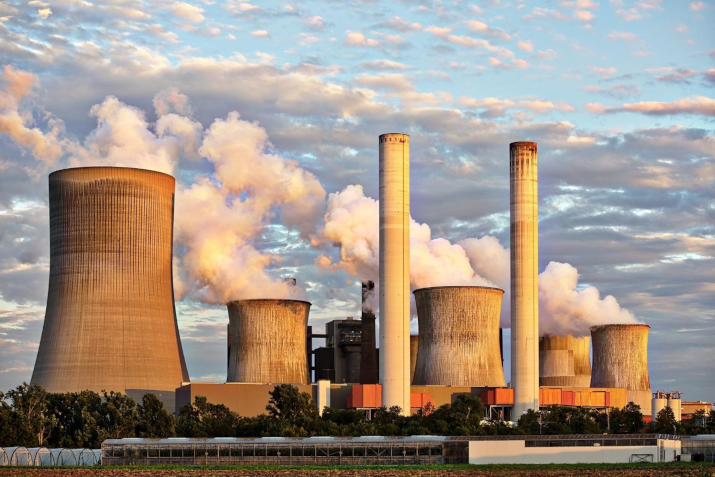Insight Focus
- Europe’s Carbon Border Adjustment Mechanism is taking shape.
- Importers will need to calculate and pay for the implied carbon emissions of products.
- It will initially apply to several sectors from October 2023.
Europe reaches agreement on wide-ranging carbon border levy on imported materials
Late on Monday night representatives of the European Parliament, the Commission and the European Council reached agreement on elements of a Carbon Border Adjustment Mechanism (CBAM), a levy on the carbon content of materials imported into the European Union.
The CBAM represents the first time a jurisdiction has set a carbon-based tariff on imports.
The measure has immense implications for all industrial sectors, as it will require importers to calculate, and pay for, the implied carbon emissions of materials imported into the EU from countries that do not impose an explicit carbon price on their production.
The CBAM will initially apply to imports of iron and steel, cement, fertilisers, aluminium, electricity and hydrogen, as well as some precursors and a limited number of downstream products. Eventually the levy may extend to further sectors including plastics.
The goal of the CBAM is to ensure that European producers, who are regulated by the European Emissions Trading System and who already have to pay the cost of the emissions generated in production, are not disadvantaged by imports of cheaper products from countries that do not impose a price on greenhouse gas emissions.
The other goal is to encourage decarbonisation in other countries, according to one legislator.
“It is one of the only mechanisms we have to incentivise our trading partners to decarbonise their manufacturing industry,” said Mohammed Chahim, the Parliament’s lead negotiator on the CBAM proposal.
The levy “ensures fair treatment for our enterprises, which pay a carbon price in Europe, and their foreign competitors, who do not,” Pascal Canfin, chair of the assembly’s environment committee, told a briefing after the deal was agreed.
The EU ETS has since its inception in 2005 given domestic producers who are exposed to international competition a free allocation of EU Allowances to avoid increasing their costs, reducing their competitiveness and forcing production to relocate to regions of the world where carbon regulation is less stringent.
The CBAM aims to prevent such “carbon leakage” by ensuring a level playing field across all industrial producers that supply the European market.

By requiring imported materials to be subject to the same carbon charges as domestic production, CBAM will also remove the need to give free EU Allowances to local producers. This in turn will require EU industry to fully internalise the cost of carbon and invest in ways to reduce its carbon footprint.
The measure will begin in October 2023, when importers will be required to collect data on the carbon content of their imports. Later, importers will be required to purchase special EU emissions certificates representing the total carbon content of those imports, that will be priced at the prevailing level of EU emissions Allowances (EUAs) that are traded in the EU Emissions Trading System.
Negotiations on reforms to the EU ETS are also underway at the moment, and the timing of the phase-out of free allocations to industry will depend on the discussions on that file, which are due to be completed by this weekend.
The CBAM forms part of the European Commission’s “Fit for 55” legislative package, which aims to create the conditions for the bloc to achieve its climate goal of cutting greenhouse gas emissions by 55% from 1990 levels by 2030, and to achieve net zero emissions by the middle of the century.








